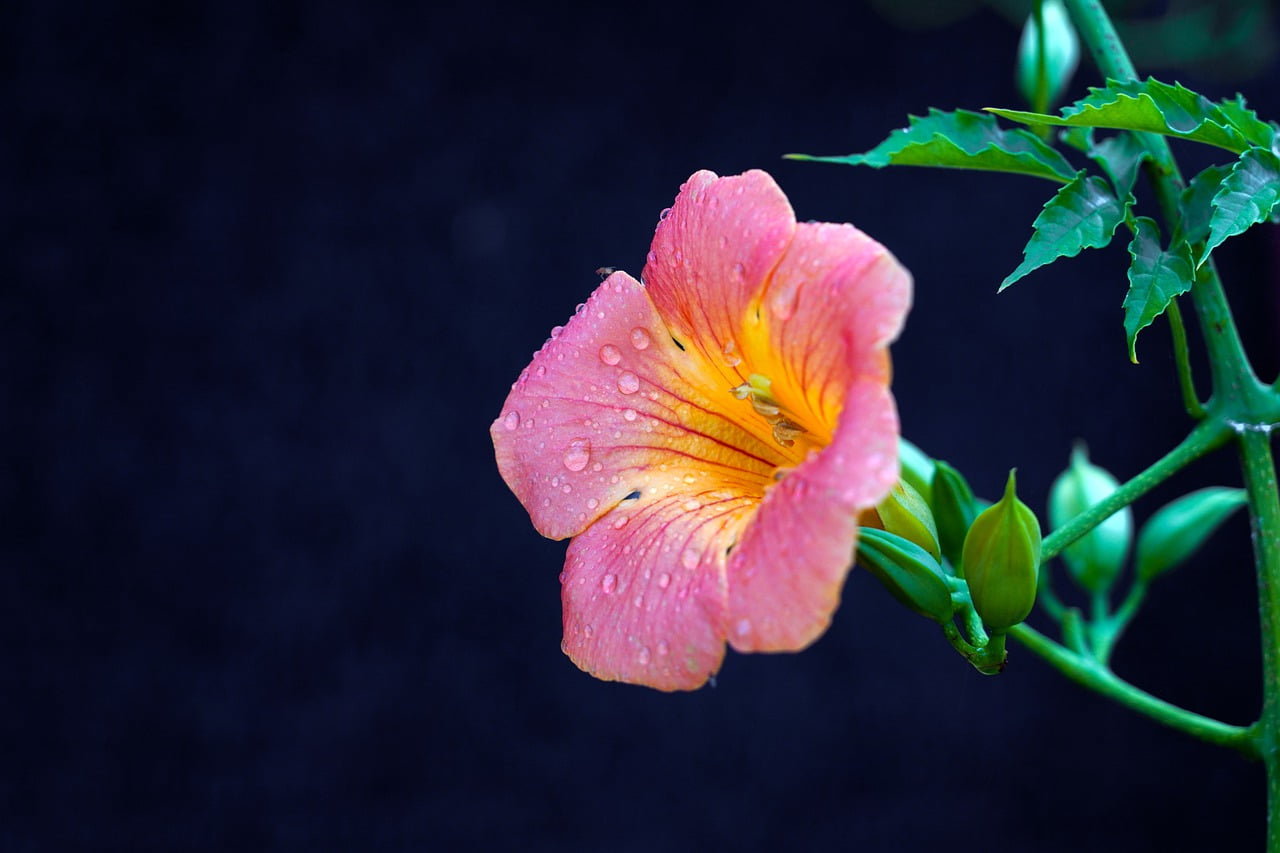
Planting Jacaranda flowers
Introduction
When it comes to enhancing the beauty of your landscape, few trees can match the splendor and allure of the Jacaranda. With its stunning purple flowers and graceful appearance, the Jacaranda tree has become a favorite choice for gardeners and homeowners alike. In this article, we will delve into the wonders of the Jacaranda tree and explore the essential steps to plant and care for this captivating tree in your garden.
Table of Contents
Planting Jacaranda flowers
- What is a Jacaranda Tree?
- Choosing the Perfect Location
- Preparing the Soil
- Selecting and Planting a Jacaranda Tree
- Watering and Mulching
- Pruning and Shaping
- Dealing with Pests and Diseases
- Jacaranda Tree Care Tips
- Benefits of Planting Jacaranda Trees
- Jacaranda in Cultural Significance
- Frequently Asked Questions
1. What is a Jacaranda Tree?
Planting Jacaranda flowers, scientifically known as Jacaranda mimosifolia, is native to South America, particularly Argentina and Brazil. It belongs to the Bignoniaceae family and is renowned for its striking clusters of lavender-blue to purple trumpet-shaped flowers. The tree’s vibrant blooms emerge during spring, transforming the landscape into a breathtaking spectacle.
2. Choosing the Perfect Location
Jacaranda trees thrive in regions with full sun exposure, as they require ample sunlight to produce their iconic blossoms. When selecting a location for your Jacaranda tree, ensure it is away from any structures or buildings that could obstruct sunlight. Additionally, consider the tree’s mature size, as Jacarandas can grow to be quite large.
3. Preparing the Soil
Before planting, it’s crucial to prepare the soil adequately. Jacarandas prefer well-draining soil, as waterlogged roots can lead to various problems. Incorporate organic matter into the soil to improve its fertility and drainage. Performing a soil test can help you determine if any essential nutrients are lacking.
4. Selecting and Planting a Jacaranda Tree
When purchasing a Jacaranda tree, opt for a healthy sapling from a reputable nursery. Planting is best done during the spring when the soil is warm, promoting faster root growth. Dig a hole that is twice as wide as the root ball and place the tree gently, backfilling the hole with soil.
5. Watering and Mulching
In the initial stages after planting, Jacarandas require regular watering to establish their root system. However, once they are established, they become somewhat drought-tolerant. Applying a layer of organic mulch around the base of the tree can help retain soil moisture and suppress weed growth.
6. Pruning and Shaping
Proper pruning is essential to maintain the Jacaranda tree’s health and shape. Prune during the dormant season to remove any dead or diseased branches. Additionally, selective pruning can help maintain an attractive form and prevent the tree from becoming too dense.
7. Dealing with Pests and Diseases
Jacaranda trees are relatively resilient to pests and diseases. However, they can occasionally face challenges such as aphids, whiteflies, or root rot. Regularly inspect the tree for any signs of pest infestation or diseases and take appropriate measures to address the issues promptly.
8. Jacaranda Tree Care Tips
- Fertilization: Provide the tree with balanced fertilizer during the growing season to support healthy growth and blooming.
- Winter Protection: In colder climates, protect the Jacaranda tree from frost and freezing temperatures.
- Young Tree Care: Newly planted Jacarandas may need staking for stability and protection against strong winds.
9. Benefits of Planting Jacaranda Trees
Besides their captivating beauty, Jacaranda trees offer numerous benefits to the environment and surrounding ecosystems. Their dense foliage provides shade, and their flowers attract pollinators like bees and butterflies. Moreover, Jacarandas help improve air quality by absorbing carbon dioxide.
10. Jacaranda in Cultural Significance
The Jacaranda tree holds cultural significance in various regions around the world. For instance, in Brazil, the blooming of Jacaranda flowers signals the start of the university entrance exams, marking an important annual event for students.
Conclusion
In conclusion, planting a Jacaranda tree can be a rewarding experience that adds unmatched beauty and charm to your landscape. With proper care and attention, these trees can thrive and become a cherished part of your outdoor space.
Frequently Asked Questions
- Are Jacaranda trees suitable for all climates?
Jacaranda trees thrive in warm and tropical climates with ample sunlight. - How often should I water a newly planted Jacaranda tree?
Newly planted Jacarandas require regular watering, usually once every week. - Can Jacaranda trees withstand strong winds?
While mature Jacarandas are generally sturdy, young trees may need staking for protection against strong winds. - Do Jacarandas attract pollinators?
Yes, Jacaranda flowers attract pollinators like bees and butterflies. - Are Jacaranda trees high-maintenance?
Once established, Jacaranda trees are relatively low-maintenance, making them a popular choice for landscapes.